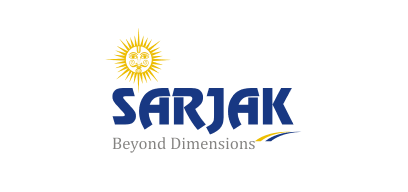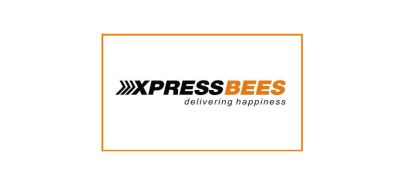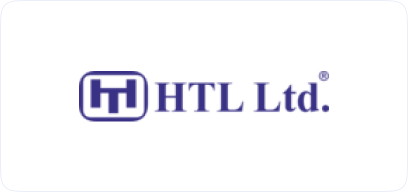


































LASYA AI leverages cutting-edge technology to deliver a unified, intelligent solution for enterprise management, enabling autonomous decision-making, workflow automation, and AI-driven business solutions in the fast-growing Agentic AI market.

Extracts data accurately from PDFs, images, and spreadsheets, seamlessly integrating with enterprise workflows

Automates tasks like form data filing for POs, shipment orchestration, and invoice reconciliation, streamlining operations, reducing errors, and accelerating workflows

Leverage real-time market intelligence for pricing analysis to gain valuable insights, enabling smarter quote comparisons and data-driven decision-making.

Automated AI negotiations optimize pricing and enhance supplier relationships by using data-driven algorithms for fair, efficient, and adaptive deal-making.

Transform vendor onboarding with automated document processing, compliance checks, and ESG-based performance scoring, enabling smarter and faster decision-making.

Empowers users to explore data through natural language queries and chat-based interfaces, delivering insights in an accessible and intuitive manner.
An AI-driven solution that automates vendor onboarding, compliance, negotiations, RFPs, auctions, rate management, and collaboration

AI-driven source-to-pay automation optimizing approvals, inventory, contracts, spending, and reconciliation
.png)
Streamlining domestic and EXIM shipments with automated logistics, compliance, and customs process management

Real-time location tracking, automated gate management, and optimized dock allocation for seamless logistics and faster turnaround

Real-time production scheduling to minimize bottlenecks, enhance efficiency, and accelerate manufacturing cycles

Optimize projects with OKR based planning, procurement, collaboration, and real-time budget tracking for seamless execution

AI-driven space utilization, real-time inventory tracking, and seamless order fulfillment for enhanced stock visibility and smarter warehouse efficiency

Enhance procurement efficiency with a digital vendor portal for seamless collaboration and contract tracking

Transform service procurement with automated requisitions, approvals, vendor payments, and real-time spend tracking

Smart contract lifecycle management to enhance compliance, visibility, and efficiency

Centralized rate card management for raw materials and freight services to control costs effectively

Centralised asset lifecycle management with automated tracking, maintenance, and compliance

Digital P2P automation for service providers - reducing costs, improving efficiency, and accelerating payments
.png)
Seamless container release and delivery order automation for faster, error-free EXIM operations

Execute RFQs, Track, manage, and settle domestic freight operations with intelligent shipment automation

Enhance EXIM freight visibility with automated tracking, detention management, and invoice reconciliation

AI-driven EXIM customs process for seamless duty validation, checklist automation, and faster clearance


Streamline financial operations with automated accounting, tax compliance, multi-currency management, and real-time analytics
Leverage advanced algorithms and real-time analytics to enhance forecasting,
boost efficiency, drive growth, and enable smarter decision-making
Planning for smarter procurement, inventory control, and production efficiency
Enhance business agility with real-time demand sensing and AI-driven forecasting
Smart Planning to reduce shipping costs and improve multimodal logistics efficiency
LASYA AI leverages multimodal AI agents to deliver an intelligent
business operations solution - Enabling autonomous decision-making and workflow automation
Transform your business with Lasya AI —optimize, automate, and scale smarter today!
